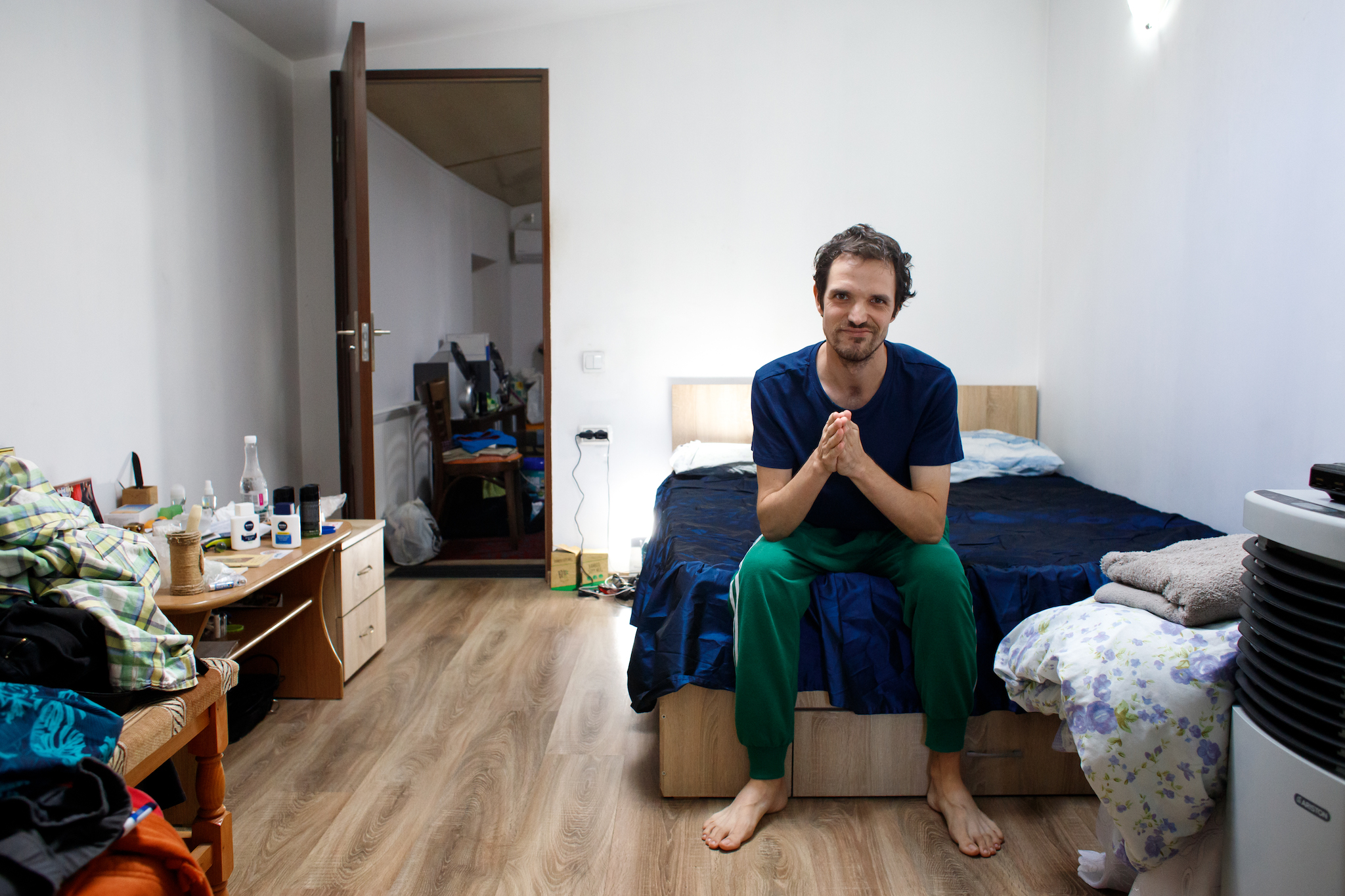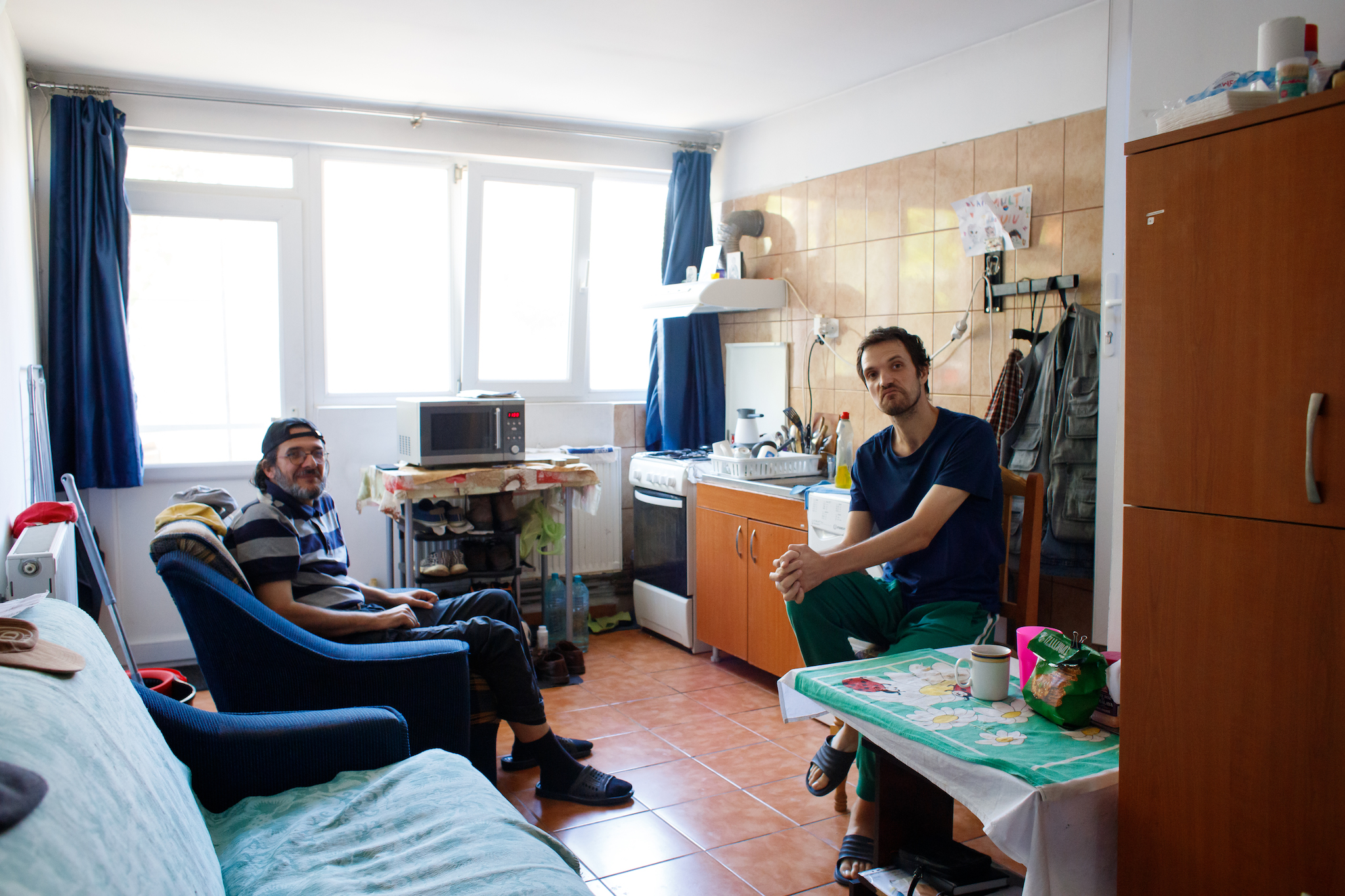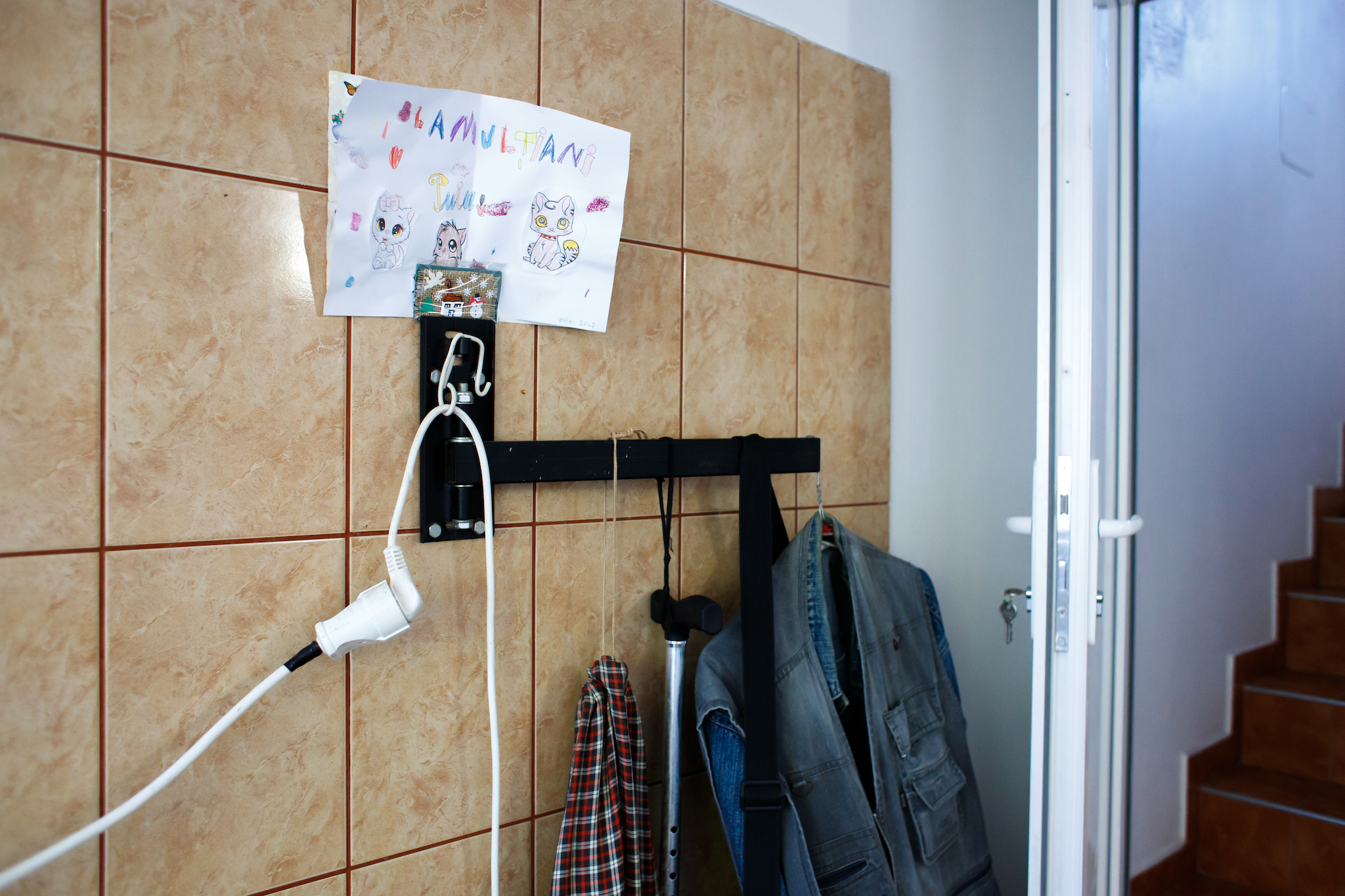
10,000 Romanians live with multiple sclerosis or multiple sclerosis, an autoimmune disease that is the most disabling disease of young people. What does their life look like and those with them? More than half (55.6%) continue to attend school or work, but in order to be able to continue their activities like any healthy person, in addition to drug treatment, patients with multiple sclerosis need physiotherapy (64.8%), psychological counseling (51 .5%). ) and body care (28.5%). If they receive help from relatives in taking care of their body, for many of them physiotherapy and psychological counseling remain a luxury.
In addition, family members of MS patients are the ones who provide care and support without any payment or remuneration (75%), although they also have a full-time job (73.1%). What is their help? Shopping, cleaning, transportation to the doctor and recovery. They also help with personal hygiene, and in many cases even become paramedics, providing injection treatment for their relatives. In 22.6% of cases, relatives who care for patients with multiple sclerosis have to quit their jobs. Unfortunately, 66.7% of caregivers do not receive material support according to the allocated time and needs, and 55.8% do not receive enough time for rest, recreation and socialization.
Manifesto for patients with multiple sclerosis: what their life looks like and what is needed to improve it
290 patients with multiple sclerosis from Romania and 53 relatives answered the #CONEXIUNI questionnaires as part of the campaign initiated by the Association of Patients with Autoimmune Diseases and shared their problems and needs.

Bohdan, a patient with multiple sclerosis / Photo: Toma Hurduc
The manifesto of multiple sclerosis patients from Romania was the result of their answers:
- I have multiple sclerosis and I need support to live as normal a life as possible. In Romania, more than 10,000 people are diagnosed with multiple sclerosis, and we have family, doctors, friends and work colleagues with us. Together, we try to face the challenges associated with the disease, often without medical training, we cope practically on our own. What our life looks like and the life of those who help us, you can find out below. We are 290 patients and 53 relatives who answered the #CONEXIUNI questionnaires and we share with you our problems and needs.
- The priority is the ability to pick up the treatment from the nearest center or even send it to us by courier, as before. Of all our problems, traveling long distances to get treatment remains the biggest! It costs time, money and a lot of fatigue, plus the day off work! And we don’t always have a driver.”* Even if we have access to next-generation medical procedures, 66.5% of us want to receive treatment in medical facilities located near our homes, because 51.72% of us travel a distance . 100 km to the hospital, and 18% of us make this trip every month.
- Although most of us have more or less mobility problems, 55.6% continue to go to work or study, but to continue our activities like any healthy person, in addition to treatment, we need physiotherapy (64.8%), psychological consultation (51.5%) and body care (28.5%).

Puiu, a patient with multiple sclerosis / Photo: Toma Hurduk
- Physical therapy and medical recovery costs are high and range from “I can’t afford it. I only do as much as free” up to 1000 lei per month. A similar situation in the case of psychotherapy, we are between “at the moment I can’t afford the costs” to 2000 lei per month.
- The doctors in the hospitals are close to us and help us in drug addiction treatment, but the large number of patients limits the time they can spend with us to answer our questions, so 45.7% of us are registered with a doctor on an outpatient basis. Thus, we have “faster access”, receive “additional treatment to the national program and more attention and clarification”, “documents necessary for retirement”, “MRI referrals, reports, sick leave”*. Sometimes simply “because he is an extremely competent, attentive, informed, empathetic doctor who cares about each patient and gives me security and trust” is enough.

Maryana, a patient with multiple sclerosis, shopping / Photo: Toma Hurduc
Who helps us?
- Family members are those who provide care and support without any payment or remuneration (75%), although they also have a full-time job (73.1%). Of course, you are wondering what their help is? Well, they help us with shopping, cleaning, transportation to the doctor, and recovery. They help us with personal hygiene and even became paramedics because they perform injection treatment.
- In 22.6% of cases, the people who care for us had to leave their jobs to provide us with quality care. Unfortunately, 66.7% of caregivers do not receive material support according to the allocated time and needs, and 55.8% do not receive enough time for rest, recreation and socialization.

- Caregivers, in turn, need help managing their own emotions as well as knowing how to manage our needs as MS patients. “Sometimes I feel overwhelmed by the situation and I think I too need some advice on how to do better in the future.”
- The need for psychological counseling is great for us (50.7%) and for those who are with us (53%). Unfortunately, the costs are too high. Therefore, for us, the patients, and for those who are with us every day, “it would be good to have free psychological consultations.”

Bohdan in the bus / Photo: Toma Hurduc
What do we want?
- Treatment to get my life back before diagnosis.
- From the attending physician, we want more communication, availability, so that he has more time and more information about the disease.
- Multidisciplinary centers where we can take advantage of specialized medical consultation in all the necessary disciplines.
- Free psychological counseling for me and my guardian.
- More than 20 free or paid physiotherapy and rehabilitation sessions per year.

Maryana in the office / Photo: Toma Hurduc
- Neuromotor rehabilitation centers in as many cities as possible in Romania.
- Simplification of the bureaucracy for the chronically ill and, above all, the disabled, so that we no longer run for papers, 3 types of tickets and 2 tons of papers at commissions. With progressive neurological disease you don’t really have a way to go from severe to moderate or mild, I don’t see the point in going to the committee for these unnecessary revisions.
- The past two years have brought many changes to the National Multiple Sclerosis Program. All these changes have taken place to support us, the patients, by compensating for new innovative drugs and allowing a total of 20 medical centers where treatment programs are carried out. We appreciate all these measures that have been taken, but more is needed to help us cope with the changes caused by the disease. That’s why we’re asking you to support us by developing new programs that will give us and our caregivers access to psychological counseling, physical therapy, easier access to doctors and medications, and financial and emotional support.

Multiple sclerosis, the most common disease of the central nervous system in young people. There is no cure, and it is not known exactly what causes it
Multiple sclerosis, or multiple sclerosis, is the most common progressive disease of the central nervous system in young people. It is most often diagnosed between the ages of 20 and 40, although it can start earlier.
Currently, there is no cure for multiple sclerosis, but there are drugs that control the progression of the disease and improve the lives of patients.

House in Puiu / Photo: Toma Hurduc
The exact causes of the disease are unknown, but it is believed that the lesions of multiple sclerosis originate from an autoimmune disease – the immune system recognizes the myelin of the central nervous system as foreign and, as a result, activates to destroy it. This process leads to irreversible damage to the central nervous system.
About 2.3 million people worldwide have multiple sclerosis.
Source: Hot News RO
Robert is an experienced journalist who has been covering the automobile industry for over a decade. He has a deep understanding of the latest technologies and trends in the industry and is known for his thorough and in-depth reporting.